Collaborative Water Management
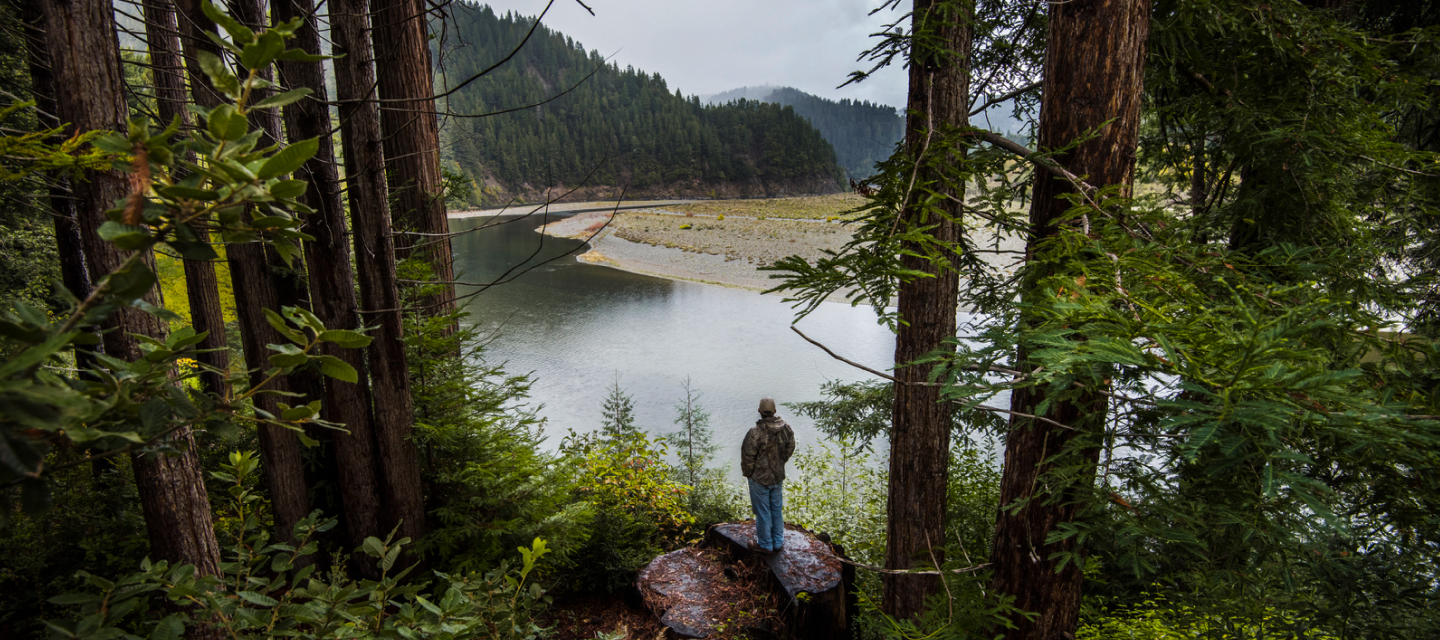
Collaborative Water Management
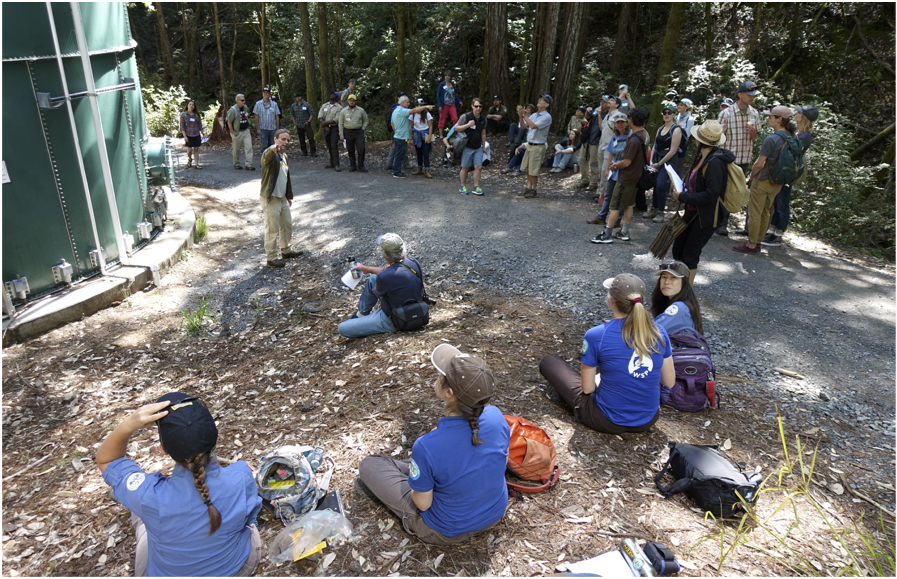 Westminster Woods storage and forbearance © Trout Unlimited
Westminster Woods storage and forbearance © Trout Unlimited The Problem of Low Summer Streamflow
The Problem of Low Summer Streamflow
California’s central and northern coastal watersheds provide some of the most important strongholds for the recovery of coho and steelhead populations.
But naturally low summer streamflows, which are further reduced by multiple small diversions and groundwater pumping, are threatening the water needs of both fish and people.
Growing populations, increasing agricultural demands, and the drought-like impacts of climate change are making matters worse.
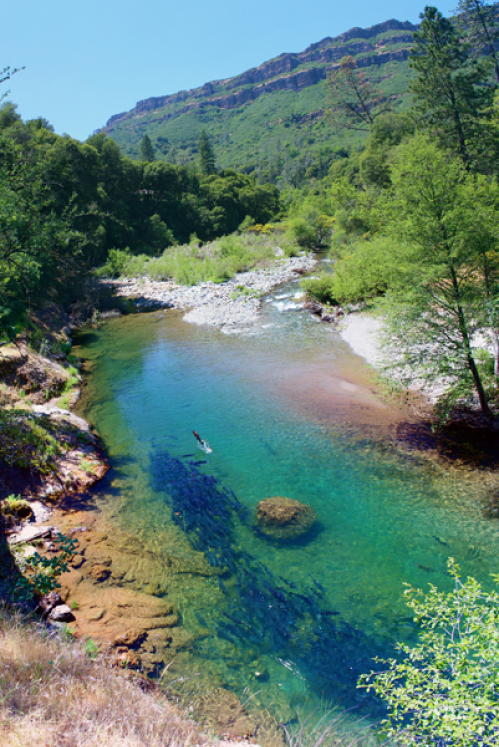 Butte Creek © Friends of Butte Creek
Butte Creek © Friends of Butte CreekIncreasing Streamflows Through Watershed-Scale Collaboration 
Collaborative Water Management is the Coalition’s main strategy for taking on this challenge in Coastal California.
Unlike other areas of the state where water management is dominated by a few large dams and diversions, dewatering in coastal regions is the result of dozens if not hundreds of smaller diversions within each watershed.
To restore streamflows in these watersheds, we are working with large numbers of water users to make individual flow contributions that collectively meet streamflow targets at a watershed scale.
This work requires partnership. We are building on the foundation laid by our partners, and work in tandem with a broad array of people and organizations across the California coast.
Planning
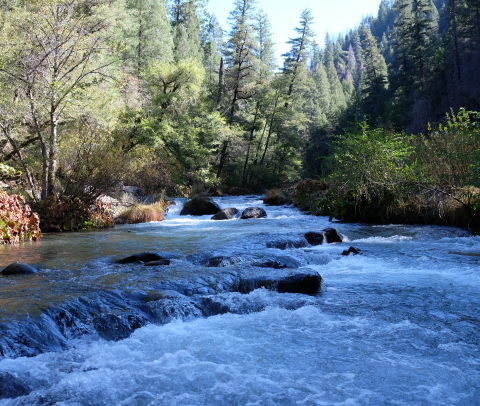 © The Nature Conservancy
© The Nature ConservancyCollaborative Water Management starts at the local watershed level, because that is the scale at which the impacts of multiple small diversions affect fish habitat and water supply. It’s also the scale at which the benefits of coordinated streamflow projects can make a difference.
Working with local partners and communities, we are developing streamflow plans that identify how much water the ecosystem needs, and what specific projects can meet those needs and the water supply needs of landowners.
Community-based water management plans support locally-led conservation efforts that lay the foundation for the recovery of salmon and steelhead populations in high-priority streams throughout our coastal watersheds, often tiering off existing watershed planning efforts. A leading example of our work to develop Community Water Management plans is our Mill Creek Project in the Navarro River watershed.

The California Environmental Water Network
Throughout California, numerous conservation groups, land trusts, resource management agencies, and individuals are involved in locally-driven efforts to create flow restoration programs and implement streamflow projects.
These efforts have often existed in isolation from one another, even though so many of us face similar issues as we explore how to do this work most effectively.
The Coalition created the California Environmental Water Network to assist our larger community of streamflow practitioners in coming together, and to share our knowledge, experience, and resources in ways that will build collective capacity and expand the scope of streamflow restoration work across California.
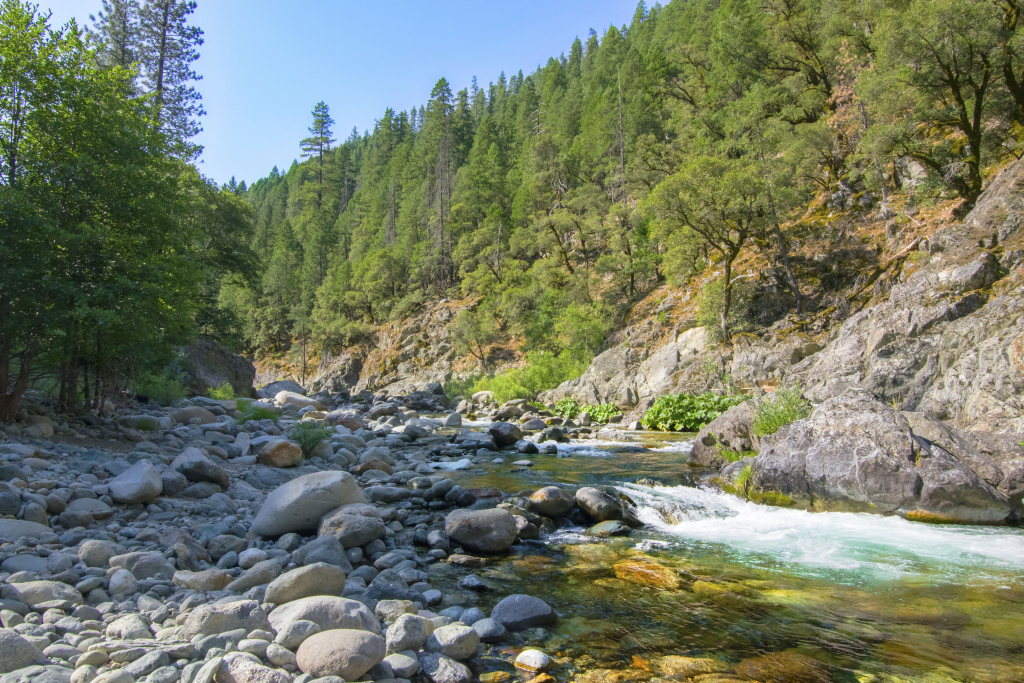 Yuba River © Kyler Ishisaki
Yuba River © Kyler IshisakiStreamflow Restoration Projects
Throughout California’s central and northern coastal watersheds, the Coalition is working with many diverse partners to implement on-the ground projects that benefit salmon and steelhead, advance our understanding of the challenges of this work, and further streamflow science, and policy that lead to restored streamflows for fish and people.
We and our partners use a variety of approaches, including implementing cost-effective irrigation efficiency improvements, storing wet season water to meet dry season demands using ponds or tanks, and leasing water from willing sellers to provide water for fish when they need it.
We use our projects to learn about how we can reduce bottlenecks (e.g., by streamlining permitting processes) and increase incentives for improving streamflow. In the Mt. Shasta region, for example, we are working with ranchers to use Safe Harbor Agreements as a way to provide protections for multiple landowners while benefiting habitat for fish. In other watersheds, the Coalition is working to for storage and forbearance projects, allowing multiple projects to move forward together to maximize fisheries benefits.

